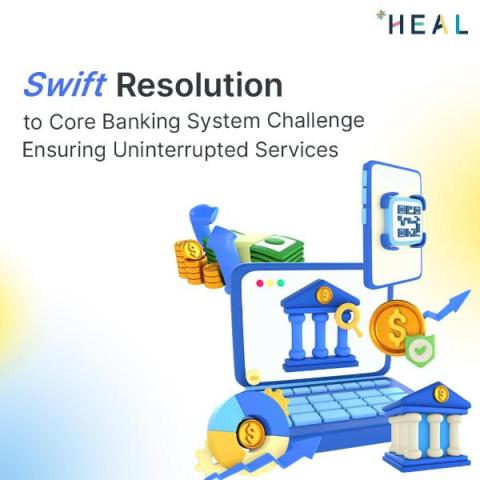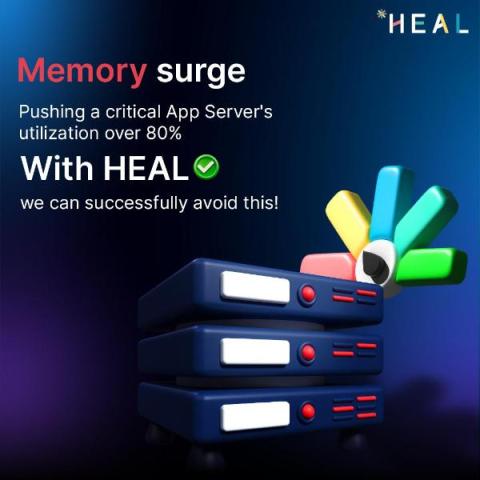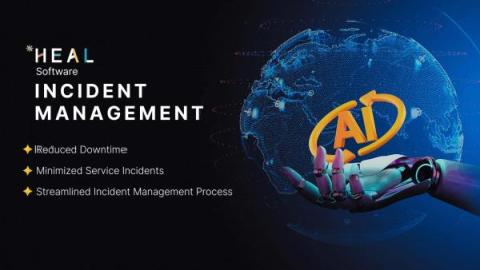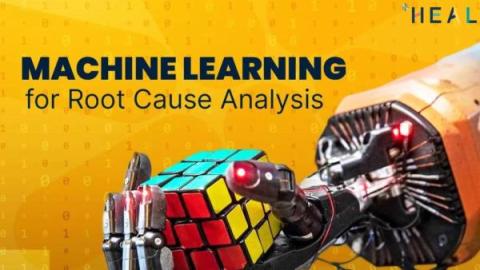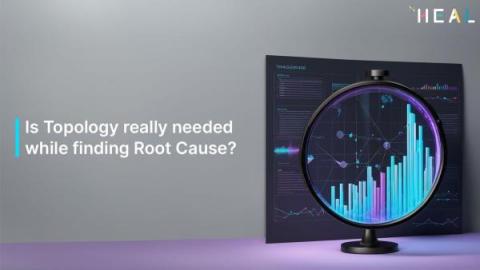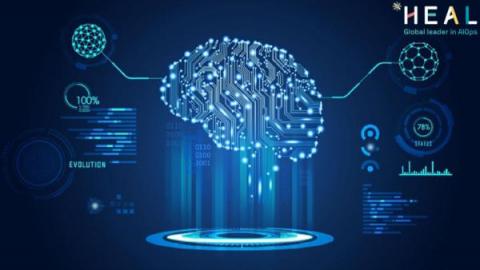Operations | Monitoring | ITSM | DevOps | Cloud
HEAL Software
How We Fixed a Big Memory Problem on an App Server written in C++
How HEAL Can Help You Manage Service Incidents Better
Service incidents are unavoidable in today’s complex and dynamic IT environments. They can cause significant disruption to business operations, customer satisfaction, and revenue. However, many organizations are still struggling to manage service incidents effectively. Here, we will explore some of the common challenges faced by ITOps team and how HEAL, an AI-powered tool, can help conquer them.
Discover the Untapped Power of AI in Predicting Correlations Before It's Too Late!
Your device pings, signaling another tech alert. Before you can address it, two more chime in. We all know the feeling. In today’s digital world, it’s easy to feel overwhelmed by the sheer number of notifications we receive. But what if there was a smarter way to handle them?
Machine Learning for Fast and Accurate Root Cause Analysis
Machine Learning (ML) for Root Cause Analysis (RCA) is the state-of-the-art application of algorithms and statistical models to identify the underlying reasons for issues within a system or process. Rather than relying solely on human intervention or time-consuming manual investigations, ML automates and enhances the process of identifying the root cause.
Is Topology really needed while finding Root Cause?
There are many instances in our lives where we are stuck in issues and try to understand what caused them. Our initial thoughts are to identify the reason and the cause. We aim to trace the issue back to the origin and try to address them from where it all started. Just like, when we get common cold, we try to figure out where we contracted it. Was it the late-night smoothie or exposure to someone with COVID symptoms? We never know until we figure out.
The Significance of Root Cause Analysis in Revolutionizing Enterprise IT Operations
Ever been jolted awake by a midnight alarm because some server decided to take a sudden break? If you’ve been in IT operations, you know this isn’t just about fixing a problem; it’s about understanding and fixing it. Think of a favorite detective show, the detective is not just identifying the culprit, they are aiming to unravel the mystery “who done it?” and understand the motive.
Transforming Bank Operations
With the recent advancements in technology and online digital services have transformed the way the banks work. Decades ago, banks used to handle everything on paper and the services opted for were very limited. Services were not unified, and account holders were forced to visit the bank even for small number of deposits or withdrawals or just to raise concerns. Today, technology has penetrated almost every industry and the banking sector is no exception to this undeniable reality.
Benefits of using AIOps in ITSM
“Necessity is the mother of invention,” so here is a quick backstory to understand what brought AIOps into the ITSM landscape In the fast-paced world of Information Technology Service Management (ITSM), staying ahead of challenges and effectively managing complex systems is crucial. As organizations embrace digital transformation and adopt cutting-edge technologies, the volume of data and incidents generated becomes overwhelming for IT teams to handle manually.
Leveraging AIOps and Observability to Enhance Greater Customer Experiences
In the dizzyingly complex digital landscape of the 21st century, the notion of customer experience has transcended physical interactions and is now deeply interwoven with online environments. This transformation has brought about many opportunities but also unprecedented challenges. As companies digitize their operations and customer touchpoints multiply, so does the complexity and the scale of systems needed to manage them.


